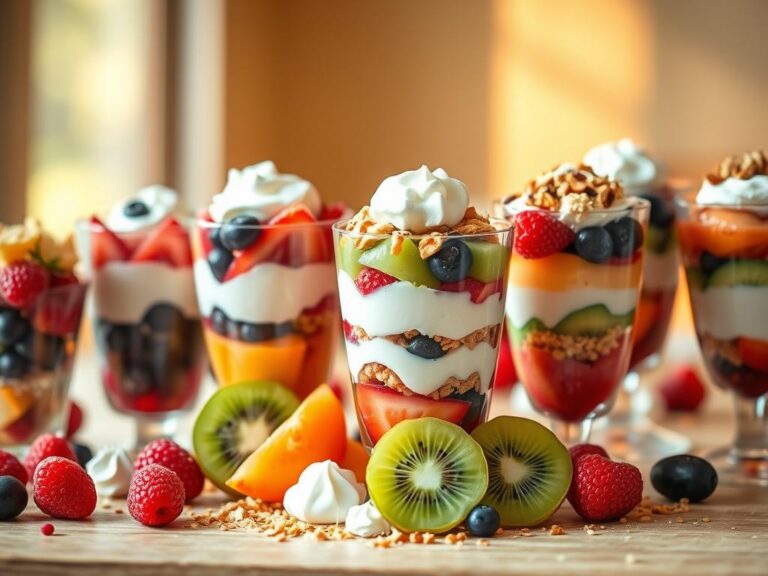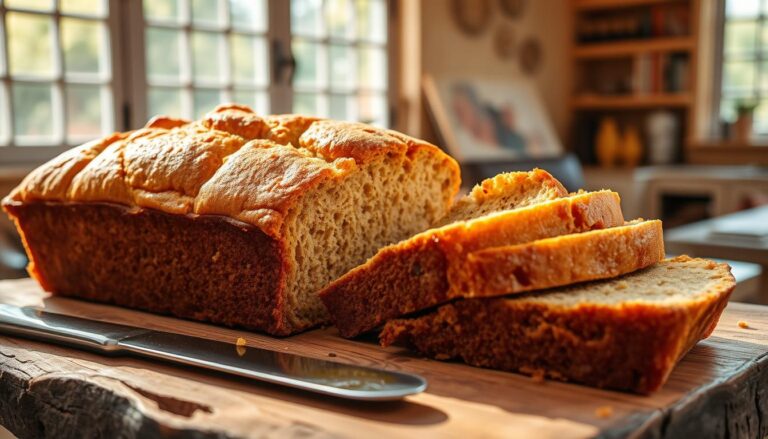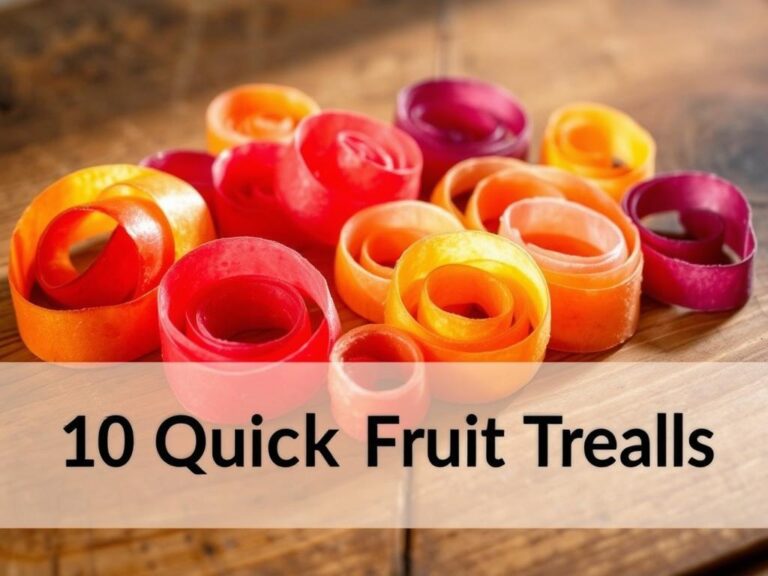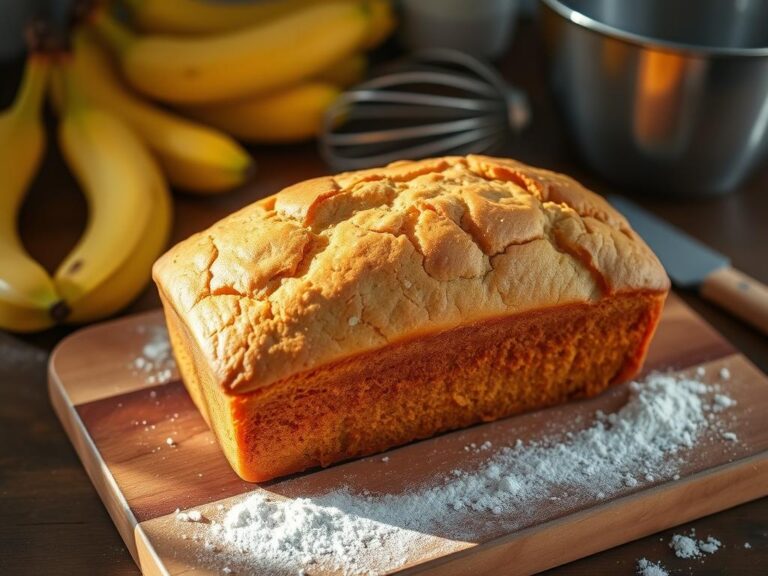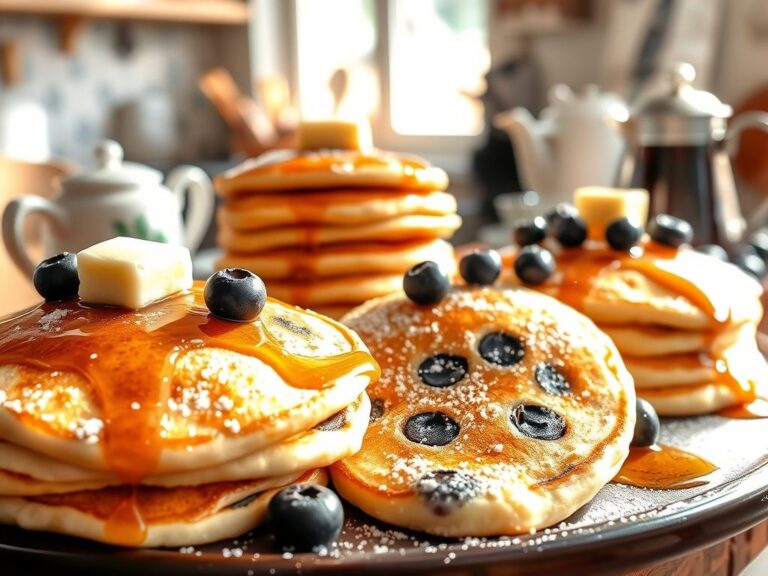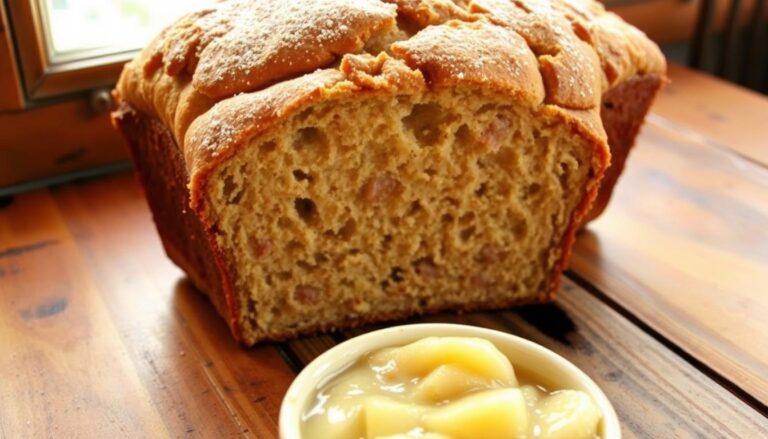8 Simple Cream Puff Hacks
This post may contain affiliate links which means I may receive a commission for purchases made through links at no extra cost to you. I only recommend products I truly believe in. Thank you for your support!
Calling all baking enthusiasts! Ready to master those delicate, dreamy cream puffs? These 8 simple cream puff tips will transform your pastry game from amateur to professional in no time. Cream puff tricks aren’t just about following a recipe—they’re about understanding the magic behind perfect pâte à choux.
Cream puff lovers know that creating these delightful treats requires precision and a few insider secrets. Whether you’re a kitchen newbie or a seasoned baker, these easy cream puff tricks will help you create showstopping pastries that’ll impress everyone at your next gathering.
Our hacks cover everything from dough consistency to baking techniques, ensuring your cream puffs turn out light, airy, and absolutely irresistible. No more deflated disappointments or soggy disasters—just pure, delectable perfection!
Get ready to elevate your baking skills and wow your friends and family with professional-quality cream puffs. Let’s dive into these game-changing tips that will make your pastry dreams come true!
Understanding the Basics of Cream Puffs
Cream puffs are more than just a sweet treat. They’re a journey into the world of pastry making. Whether you’re into DIY cream puff ideas or quick hacks, knowing the basics is essential.
What Are Cream Puffs?
Cream puffs are magical pastries made from choux pastry. They are light, airy, and crispy on the outside. Inside, they’re hollow, ready to be filled with tasty creams or custards.
The Key Ingredients Explained
To make the perfect cream puff, you need to know the key ingredients:
- Water: Creates steam that helps the pastry rise
- Butter: Adds rich flavor and texture
- Flour: Gives the pastry structure
- Eggs: Bind ingredients for a light texture
Did you know, about 400,000 cream puffs are sold each year at the Wisconsin State Fair? It shows how much people love them!
Common Mistakes to Avoid
When making DIY cream puffs, avoid these common mistakes:
- Incorrect oven temperature (start at 425°F, then lower to 350°F)
- Opening the oven door during baking
- Using eggs that aren’t at room temperature
- Overmixing or undermixing the dough
With these tips, you’ll be making restaurant-quality cream puffs in no time!
Perfecting Your Pâte à Choux Dough

Mastering the art of pâte à choux dough is key to making delicious cream puffs. This magical mixture is the base for light, airy puffs that will wow your guests!
Achieving the Perfect Dough Consistency
Creating the perfect pâte à choux dough needs precision and care. The goal is to get the dough just right – not too runny, not too thick. Look out for these important signs:
- Use the String Test: The dough should form a string between your fingers
- Cook the mixture for 2-3 minutes over low heat to form a smooth ball
- Aim for a temperature of 80°C (176°F) during cooking
The Art of Proper Mixing
Mixing is key to getting the right pâte à choux texture. Begin by mixing your ingredients carefully:
| Ingredient | Quantity | Purpose |
|---|---|---|
| Water | 188 ml | Creates steam for rising |
| Butter | 100 g | Adds richness and flavor |
| Flour | 150 g | Provides structure |
Incorporating Eggs Like a Pro
Egg incorporation is a delicate process in creating delicious cream puff secrets. The trick is to add eggs gradually:
- Cool the flour mixture before adding eggs
- Add eggs 2 tablespoons at a time
- Mix until the paste falls smoothly from a spatula in about 3 seconds
- Total egg weight should be between 205-220g
Pro tip: Use cake flour for higher, lighter puffs that can expand up to three times their original size during baking!
Baking Techniques for Fluffy Cream Puffs
Mastering cream puff baking needs precision and smart tricks. I’ll share the key easy cream puff tricks to boost your pastry skills!
Oven Temperature: Precision is Key
Perfect cream puffs begin with the right oven temperature. This delicate baking process sets apart amateur bakers from pros.
- Preheat oven to 425°F (218°C)
- Initial baking time: 20 minutes
- Reduce temperature to 350°F (175°C)
- Continue baking for additional 10-15 minutes
Steam: The Secret Weapon
Steam is key for those puffy shells. One of the 8 Simple Cream Puff Hacks is using moisture for the perfect rise!
Pro tip: Place a small pan of water at the bottom of the oven to create steam during the first 15 minutes of baking.
Monitoring Baking Time
| Baking Stage | Visual Indicator | Action |
|---|---|---|
| First 20 minutes | Rapid rising | Do not open oven door |
| Next 10-15 minutes | Golden brown color | Check for hollow sound when tapped |
| Final stage | Crisp exterior | Remove from oven, cool completely |
Remember, patience is key for those perfect cream puffs! With practice, you’ll soon be a cream puff master!
Creative Fillings Beyond Pastry Cream

Ready to elevate your DIY cream puff game? Ditch the traditional pastry cream. We’re diving into some tasty secrets that will change your baking forever!
Exploring Savory Filling Options
Not all cream puffs are sweet. Savory fillings can revolutionize your baking. Here are some tasty options:
- Herbed goat cheese with chives
- Smoked salmon mousse
- Spicy chicken salad
- Roasted vegetable spread
Unique Sweet Fillings to Try
Looking for something new? These sweet fillings will excite your taste buds:
| Filling Type | Flavor Profile |
|---|---|
| Salted Caramel | Rich, sweet with hint of salt |
| Lavender Honey Cream | Delicate, floral, and smooth |
| Nutella Mascarpone | Decadent chocolate hazelnut |
Flavor Combinations for Maximum Impact
The key to amazing cream puffs? Unusual flavor mixes! Try these:
- Raspberry + White Chocolate
- Pistachio + Rose Water
- Coconut + Lime Zest
Pro tip: Don’t be shy to experiment! The best DIY cream puff ideas come from creativity and trying new flavors.
Essential Tools for Making Cream Puffs
Making delicious cream puffs is easy at home. You just need the right tools and some quick tips. Let’s explore the must-have equipment for a smooth baking experience.
Baking Sheets and Piping Techniques
Choosing the right baking sheet is key. Look for these features:
- Heavy-gauge aluminum sheet for even heat
- Non-stick surface or parchment paper
- Rimmed edges to prevent sliding
Pro tip: A resealable plastic bag with a corner snipped works great if you don’t have a piping bag!
Choosing the Right Mixing Bowls
Your mixing bowl is crucial for success. Stainless steel bowls are best because they:
- Conduct heat evenly
- Are easy to clean
- Prevent flavor absorption
Tools for Crafting Perfect Shapes
For perfect cream puffs, use these tools:
- Pastry tip (1/2 inch diameter)
- Kitchen scale for precise measurements
- Offset spatula for smooth surfaces
Great cream puffs come from passion and practice, not just expensive tools. With these tips, you’ll make bakery-worthy treats in no time!
Storing and Serving Your Cream Puffs
Cream puffs are a delightful treat that need special care. They’re perfect for any occasion or a sweet moment. Knowing how to store and serve them right makes a big difference!
Best Practices for Storing
Mastering easy cream puff tricks starts with proper storage. Here are some key tips to keep your cream puffs fresh:
- Store unfilled shells at room temperature for up to 2 days
- Freeze unfilled shells for up to 2 months in an airtight container
- Wrap individual cream puffs separately before freezing
Serving Fresh and Flavorful Cream Puffs
To ensure maximum flavor, follow these serving guidelines:
- Fill cream puffs no more than 5 hours before serving
- Keep filled cream puffs refrigerated
- Allow refrigerated cream puffs to sit at room temperature for 10-15 minutes before serving
Reheating Leftover Cream Puffs
Pro tip: Revive your cream puffs with these simple reheating techniques:
- Preheat oven to 300°F
- Place cream puffs on a baking sheet
- Warm for 5-7 minutes to restore crispness
- Let cool for a few minutes before serving
With these storage and serving tips, you’ll keep your cream puffs looking and tasting absolutely spectacular!
Enhancing Cream Puffs with Toppings
Ready to make your DIY cream puff ideas stand out? Toppings are the key to taking your cream puffs from good to great! Let’s look at some tasty ways to top these treats.
Whipped Cream vs. Ganache: A Delectable Showdown
Choosing the right topping is crucial for 8 Simple Cream Puff Hacks. Whipped cream is light and fluffy, while ganache is rich and chocolatey.
| Topping | Texture | Flavor Profile |
|---|---|---|
| Whipped Cream | Light and Fluffy | Delicate, Subtle Sweet |
| Chocolate Ganache | Smooth and Dense | Rich, Intense Chocolate |
Fruits and Nuts: Adding Exciting Layers
Make your cream puffs more exciting with creative toppings! Try these:
- Fresh berries for a tangy burst
- Toasted almonds for crunch
- Caramelized pecans for depth
- Candied orange peel for zest
Chocolate Drizzle: The Flair Finale
A chocolate drizzle can turn your cream puffs into art. Pro tip: Heat ½ cup of whipping cream with semi-sweet chocolate for the best drizzle!
Remember, the magic of cream puffs is in creativity. Don’t be shy to try new toppings and mixes. Your taste buds will love it!
Troubleshooting Common Issues
Even experienced bakers face challenges when making cream puffs. These quick fixes will help you overcome common problems. Knowing why cream puffs fail can make your baking better!
Flat or Deflated Puffs
Deflated puffs often come from uneven temperatures or taking them out too soon. To avoid this, bake at 425°F for the first 10 minutes, then at 350°F. Don’t open the oven door too often, as it can drop the temperature and stop them from rising.
Uneven Baking Solutions
Uneven baking can be a big problem. The solution is a consistent oven temperature and good preparation. Poke small holes in the puff tops with a toothpick in the last 3 minutes of baking. This helps them dry out and prevents them from falling.
Using fresh milled flour can also improve your puffs’ texture and rise.
Preventing Soggy Exteriors
No one likes a soggy cream puff! To prevent this, leave the oven door slightly ajar after baking. This helps the shells dry out and reduces sogginess by 15-20%. Remember, keeping moisture in check is key to avoiding soggy puffs. With practice and patience, you’ll get it right!

